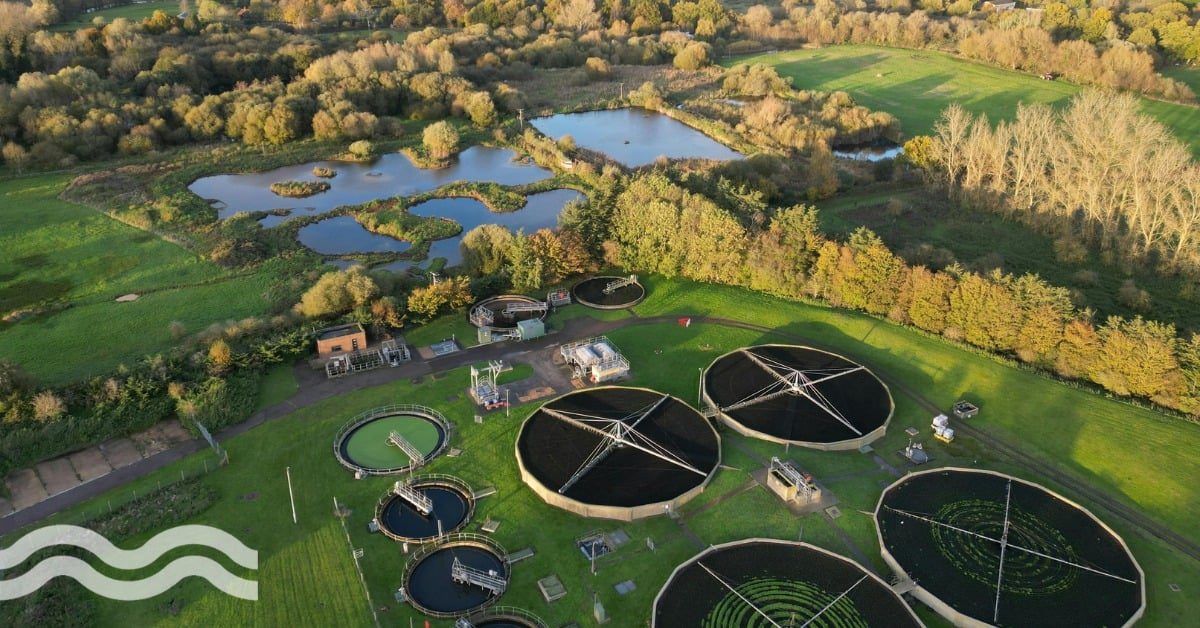Reducing microplastic from fashion: H&M Foundation funds soundwave innovation

The fashion industry poses a significant threat to the environment, with synthetic textiles one of the major contributors to the release of microplastics. However, there is hope on the horizon.
How does the soundwave technology work?
Non-profit foundation the H&M Foundation has recently funded a new project to tackle the challenge of microplastics in water.
Led by the Hong Kong Research Institute of Textiles and Apparel (HKRITA), the solution uses an innovative Acousweep technology, developed by HKRITA, that works on the principle of using soundwaves to separate microplastics from wastewater.
High frequency soundwaves agitate the wastewater in a way that causes the microplastics to detach from the textile fibers and float to the surface. The microplastics can then be skimmed off and properly disposed of, preventing them from entering the environment.
According to the European Environment Agency, between 200,000 and 500,000 tonnes of microplastics from textiles enter the global marine environment each year.
Wastewater generally contains high levels of pollutants and is often released into waterways untreated. By separating microplastics from wastewater, the solution could prevent the release of harmful pollutants and also reduces the need for freshwater for textile production.
Microplastics challenges
Microplastic pollution is a globally established problem and a threat to ecosystems, animals, and people. Microplastics come from a variety of sources, including from larger plastic debris that degrades into smaller and smaller pieces, or microbeads in exfoliating health and beauty products, or cleansers such as toothpaste.
A major source of oceanic microplastic pollution, about 16 to 35 per cent globally, comes from synthetic textiles.
"As a non-profit, we have the urgent opportunity to create change by supporting disruptive research that could lead us there. Innovation is transformation and Acousweep is proof that it's worth investing in research,” said Christiane Dolva, Strategy Lead at H&M Foundation.
Professor Christine Loh, chief development strategist at the Institute for the Environment, The Hong Kong University of Science and Technology, agreed that this technology has great potential. "Green tech has just taken a leap forward in Hong Kong. Acousweep will help the garment and other industries to stop a highly damaging form of pollution and has the capacity to revolutionise industry.”
Testing and next steps
The fashion industry’s contribution to the release of microplastics into the environment is a cause of great concern. However, the H&M Foundation-funded project by HKRITA provides a glimmer of hope.
HKRITA is currently testing the Acousweep technology in its laboratory and the project's next phase will involve testing its viability at a pilot plant. If successful, it could pave the way for the implementation of the technology by other textile manufacturers.


